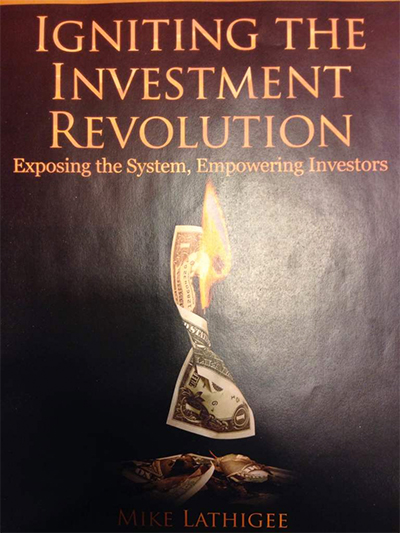In this final newsletter of the year, I want to share my observations about some macro trends and macro developments that have already happened and that I see continue to happen, and how they impact us as investors.
Although politicians don’t like to discuss the fact, we are currently in an asset bubble caused by the fact that short-term interest rates were set at near zero percent six years ago.
This means that people with money in the bank have received next to zero return. This has forced many to invest into real estate and the stock market in order to achieve higher returns.
This increased demand has caused asset prices to drift higher, but that is not the main cause for the asset appreciation we have seen in the stock market.
The stock market appreciation we have seen has been fueled largely by companies buying back their own stock, thereby reducing the stock float and further increasing artificial demand.
Now stir in the artificially created demand known as Quantative Easing, or QE. The Federal Reserve’s practice of the force-feeding of money into the economy has made more money available, which has aided and abetted this rise in asset prices.
Okay. That is all pretty straight forward.
But the important thing I want you to note is that while QE has helped boost asset prices, it has not significantly improved the economy. What recovery we have seen since 2009 has been the result of this continued force feeding of liquidity into the economy. It is simply a case of making more money available to buy assets. Often times large corporations borrowed money at very low interest rates to buy back their own stock. Once the stock is repurchased in a share buy back program it is retired and with more money chasing the less shares in a company the share price increased.
Here is the most important point I want club members to understand. I agree there has been a recovery in the economy, but despite all of the QE, this recovery has been the weakest recovery since WW2.
Our current GDP is at 1.5% and has averaged 2% annually since 2011. The Reagan years saw a GDP of 3.5% which is the number usually presented as marking an improved economy.
Of more concern to me is the fact that our financial system is more indebted now than it was from 2007 to 2009 and the only reason we can function is because interest rates are near zero.
I believe Yellen’s hands are tied because if the national debt is too large and higher rates means more money going to the interest on the debtLet me explain.
Right now the national debt is at $14 trillion, which is 75% of the country’s economy as measured by Gross Domestic Product. America has so much debt that if interest rates are raised then a higher percentage of all government revenue, (mainly from taxes), goes to pay the debt interest. That means less money for schools, roads, bridges, police and all other necessary expenditures with higher interest rates.
Over the last 40 years the government has spent more than it has collected in revenue. In order to make up the difference the government borrows more money by selling securities such as Treasury bonds and repays the buyers, (who are normally foreign nations), with interest.
Although not of immediate concern, we will see a future problem arise when investors demand US bonds that pay higher rates due to the risk.
I try to be non-partisan when I write, but there is no way we can continue to elect a government that insists on giving out more entitlements and paying for them by having Congress continue to raise the debt ceiling.
This deeply flawed solution needs changing. We need to reform the tax code, cut back on entitlement funding, and reduce other spending.
Even with ultra-low interest rates, so far this year we spent $218 billion of the federal budget to service our debt. A one-percent raise in interest rates adds $1.7 trillion in interest over a decade. Once again, this money cannot be spent on education, national defense, infrastructure, healthcare, and the list goes on.
Like all of you reading this I am concerned about our current economic picture and unless something drastic occurs I see the problem continuing to worsen.
We have an aging population that will no longer be working and will pay less tax. At the same time, Federal Health Spending is growing and, although I have not verified these numbers yet, a Senior Economist I saw interviewed yesterday said, “Every senior over 70 is costing the system an average of $44,000 per year in health costs.” He went on further to say we are spending less than $6000 on each child under 12. There is something wrong with this equation!!
In addition, according to Forbes Magazine about 161 million Americans receive some form of government entitlement. That is 52% of our population.
I read a quote from a book a few months ago that really fits the situation right now in the United States. Benjamin Franklin reportedly said, “When the people find that they can vote themselves money that will herald the end of the republic.” Obamacare? …yes.
You only have to look at Obamacare and the 2008 election to see evidence of Franklin’s insight as big numbers turned out to vote for entitlements and cash for themselves.



There are 0 comments